Post No. 5 - The School of Yehuda Pen - Solomon Yudovin – Matzevahs
Соломон Борисович Юдовин - The Art of a Tombstone
As I mentioned in the previous post, in 1912 -1914 Shloyme Yudovin participated with his uncle Shimon An-sky in the Jewish Folk Art expedition to Volhynia and Podolia. During the expedition, Solomon Yudovin took many photographs and produced multiple sketches of Jewish Folk art, especially Matzevahs. “Folk Art” is a curious name, it points to artistic outlets for a suppressed art culture. So, a talent that would have been a great artist, has he gone to the groundbreaking Yudel Pen school, now carves Matzevahs. But Matzevahs are the great art. And it’s the art that you can’t prepare in advance. It must be done right then and there.
ks like they didn’t have a second foundation stone under the Matzevahs (as they do now), instead they left about a third of the stone unfinished. It was a slightly tapered piece of the stone that they inserted directly into the ground. They relied on the ground to hold the stone. Which is tricky because as the body decays, the ground inevitably settles.
The Matzevah Artist brought Yudovin to the cemetery and showed him his proud work. Yudovin took another photo.
Yudovin based many of his drawings and engravings on his photographs.
Surprisingly, the monument has been found and “restored”. This was reported by Alexandra Fishel from Kiev. Grigory Arshinov, a local activist and researcher, is engaged in the restoration of the Jewish cemetery in Ostrog, destroyed by the Communists in 1968 (the oldest in Eastern Europe). Mikhail Nosonovsky wrote an article about it, with an excellent translation of the Matzevah text into Russian.
You see, especially in the background stone, that it has the rough bottom piece that was supposed to be in the ground and now mounted on the crude concrete pedestal. The bottom of our Matzevah in the front was broken or cut off by the Soviet/Ukrainian bulldozers, may the cruse be upon them forever.
But on top of the monument is an elaborate ornament. I was looking through Yudovin sketches, and there it was… The ornament sketch on a tracing paper. Yudovin probably made a copy drawing right there. Perhaps tracing the outline and drawing the rest. Did they even have a tracing paper then?
Podolia and Vohlina are basically SouthWest of Ukraine.
Cemeteries

The poverty is incredible. I want to avoid looking at the inside of that house, especially on the cold and dark night. The alter yid offered the only beinkle to his guest. Let’s say Rechtman was dressed to the nines because he knew that Yudovin will be photographing. A wooden crutch is laying next to the old man. Boys will be boys, listening to the only entertainment available. The man is actually not that old, but he has the stories to tell. The bare-footed girl who wandered into the frame, whatever happened to her? What was her fate in the terrible century? Is she Jewish? Or did she inherit this house after the pogrom? No one would ask today. And Rechtman could not possibly see forward. 1912-1914 was a minute before that world collapsed for good. The imperfect world we lived with for two thousand years disappeared into the delirious storm.
Matzevahs, Ornaments, Curves, Fantastic Animals – שלמה יודאווין
Maybe this stylized “Levy”, with the pouring water. Squirrels extra…
It seems the rich Jews, who could afford these tombstones, didn’t particularly care what’s on the tombstone as long as it’s beautiful. Solomon Yudovin recognized the beauty.
Home Sweet Home, the Tombstones of Beshenkovichi
A dog that looks like a pig, no problem.
Lions that look like sheep, terrific. Or maybe there are sheep?
Before Yudel Pen, no one could draw in Belarus. Whatever animal this is. Jewish Cemetery in Beshenkovichi, Belarus.
Back to Volhynia and Podolia (and Belarus)
The artistry of the Ukrainian tombstones is much superior to this Belarus sample.
Stone Matzevahs had decorative element on top. Jews were not afraid of fantastic animals. The whimsical ornaments. They welcomed it. Despite what the Lubavitcher Rebbe says, fantastic animals are a deep part of the Jewish decorative art.
Of course, the Lubavitcher Rebbe wanted to destroy all iconic Jewish symbols, the traditional menorah, the traditional tablets, etc. Just like he wanted a rupture between Chabad and the old world, he wanted to destroy the beloved symbols with some lame lomdus. I am surprised he didn’t have enough time to come up with a new Mogen Dovid…
But there is a pattern to his “aesthetic” innovations. Like someone who hates and doesn’t understand beauty, he hated unpredictable curvature. Too feminine. Must straighten it out. So, he destroyed the beautiful curvature of the menorah, the comforting candelabra and then went after the curves that Jews enjoyed forever on top of the luchos, the majestic iconic arches rounding up the ten commandments.
And so, every Chanukah now we have to endure his drones hoisting the unescapable, disfigured menorahs on every corner. It pains the heart.
Is there a posuk about the eagle striking the rabbit?
The Jewish Cemetery in Sataniv: a Destroyed Monument of Jewish Culture. They must have an exceptional artist making all the Matzevahs in Satanov. Below is this Matzevah today. Amazing that someone noticed it’s the same as Yudovin drawing.
This is incredible. In a traditional ornament, symmetry, compositional balance is the key.
Broken candles make all the symbolic difference.
A unicorn fighting the lion. They guard the cave.
The decline of the decoration coincides with the modern style in architecture. Abandonment of the traditional craftsmen and their skills. A Viennese convicted pedophile Adolf Loos wrote a mad manifesto that started the modern architecture, he proclaimed “Ornament is a Crime”. He lauded the misguided, unnatural beauty of the clean wall. The argument that had an economic component seduced many.
Minimalist and beautiful.
Azarychy had a good matzevah artist. Despite that being Belarus. Maybe southern Belarus was influenced by the beauty of Ukraine?
Amazing, enough to put on the cover of the book. Where is this book?
This must be a Jewish mother.
Elegant symmetry.
I imagine Yudovin wanted this matzevah. Let it be.
Acknowledgments:
The Russian Museum of Ethnographic History - Jews. 1912–1914s. Photographs from the Ethnographic Expedition of S. A. An-sky.









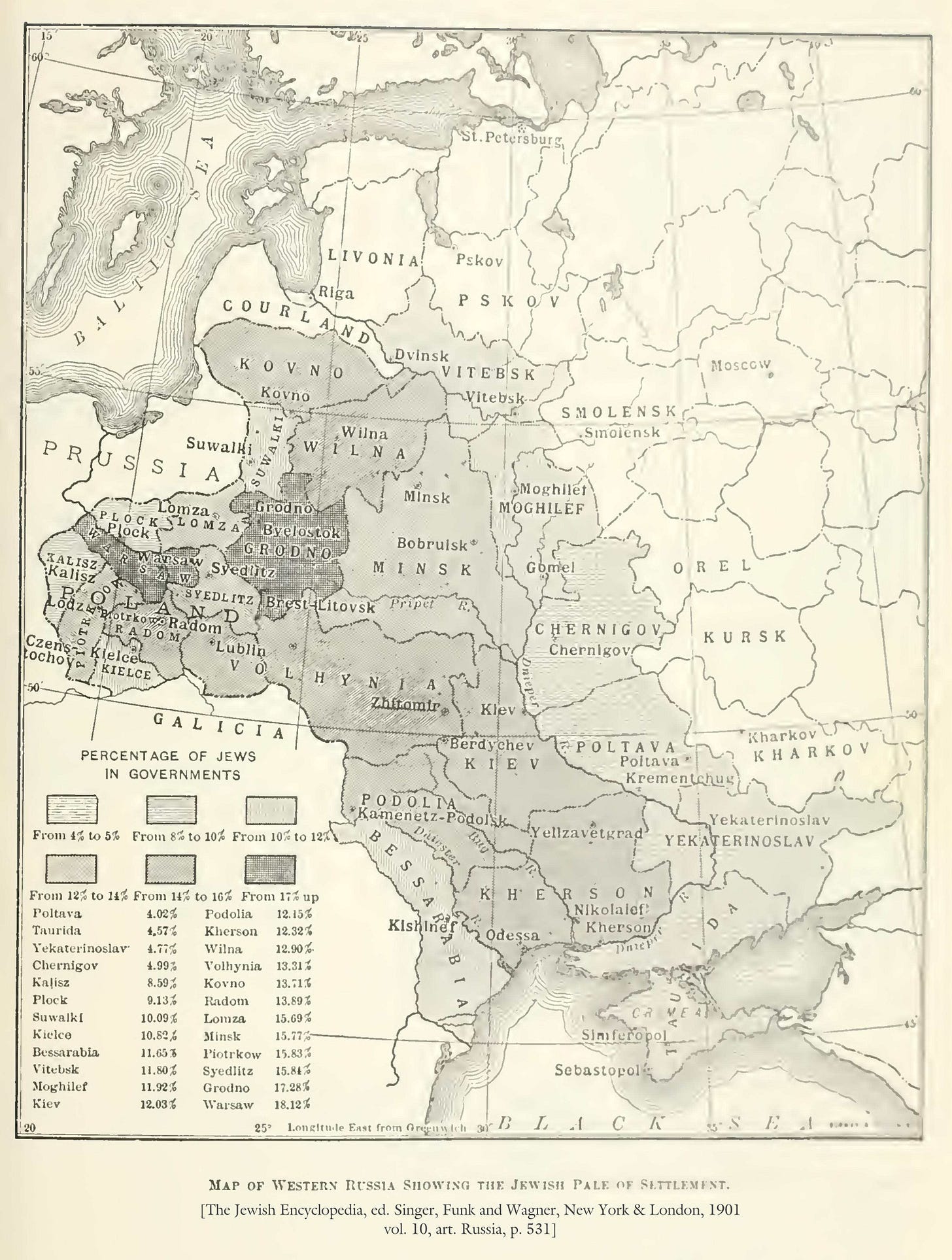







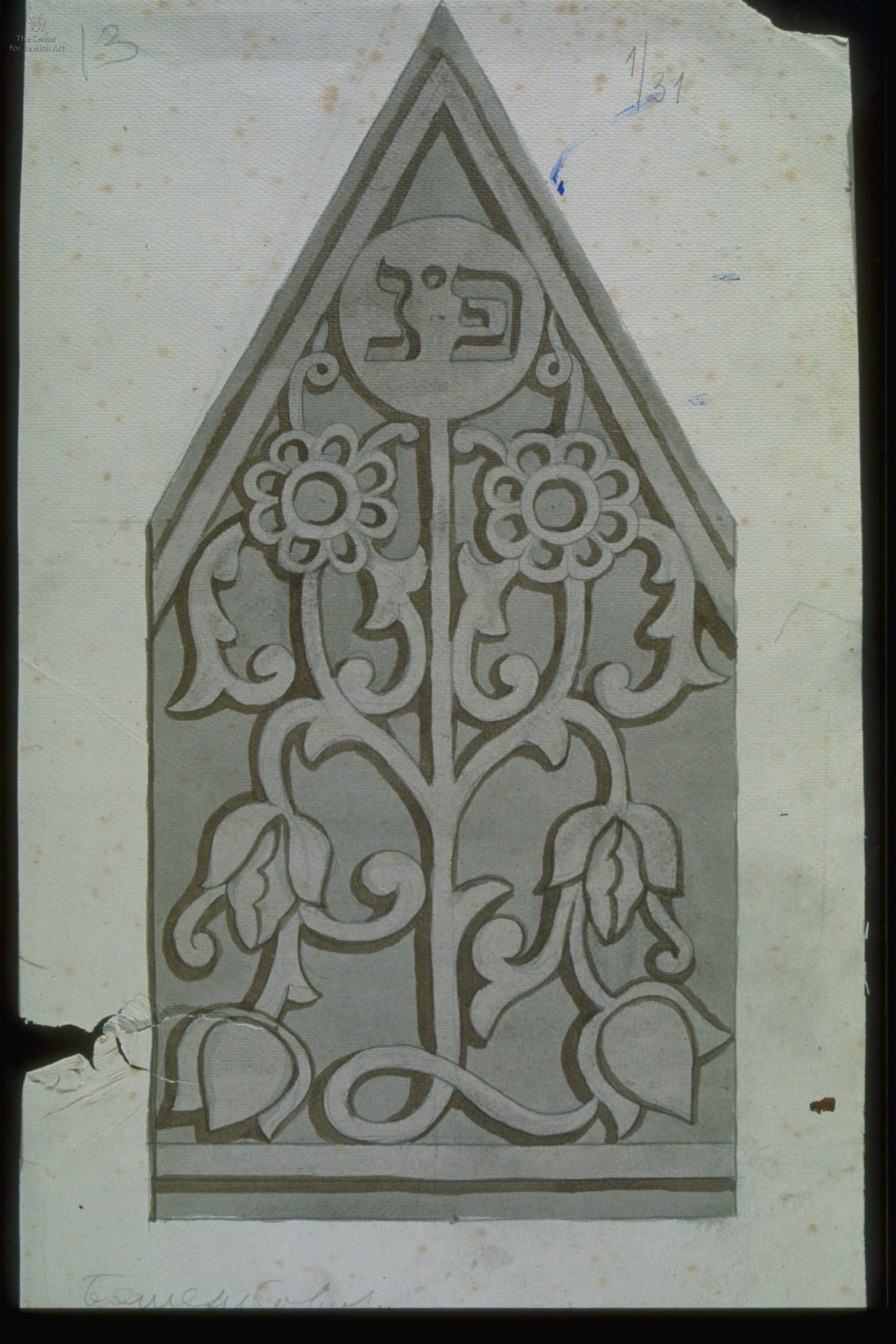


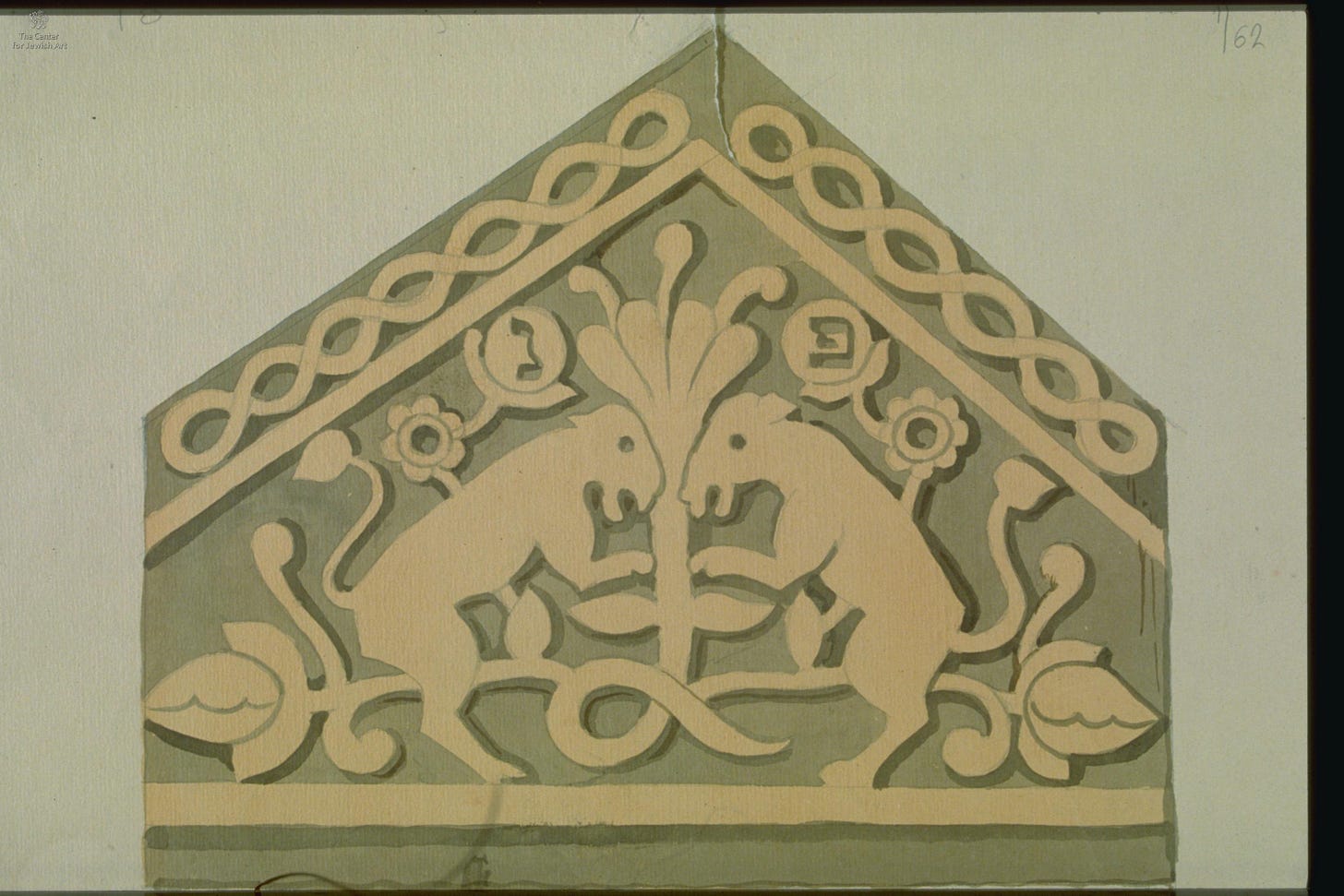
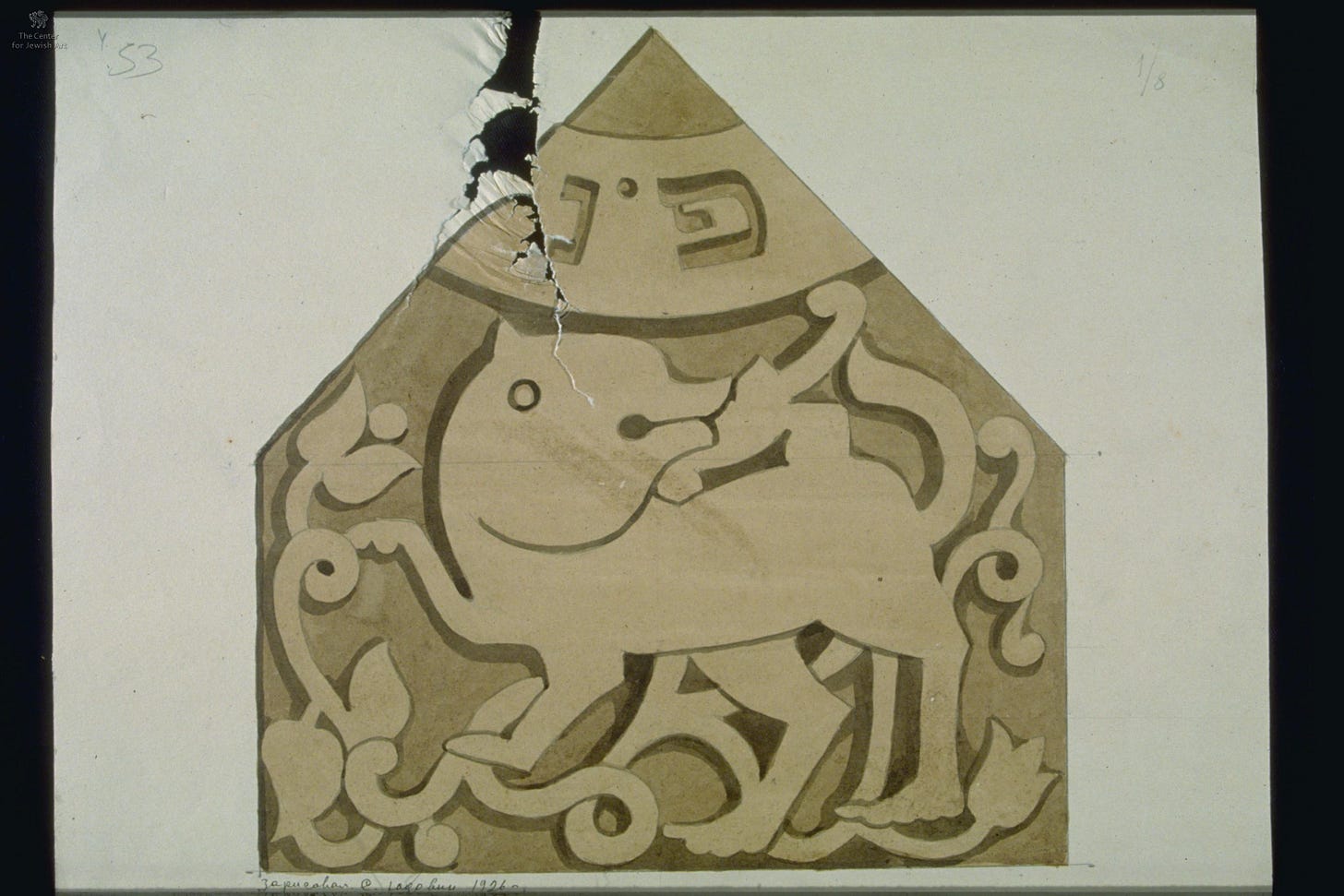







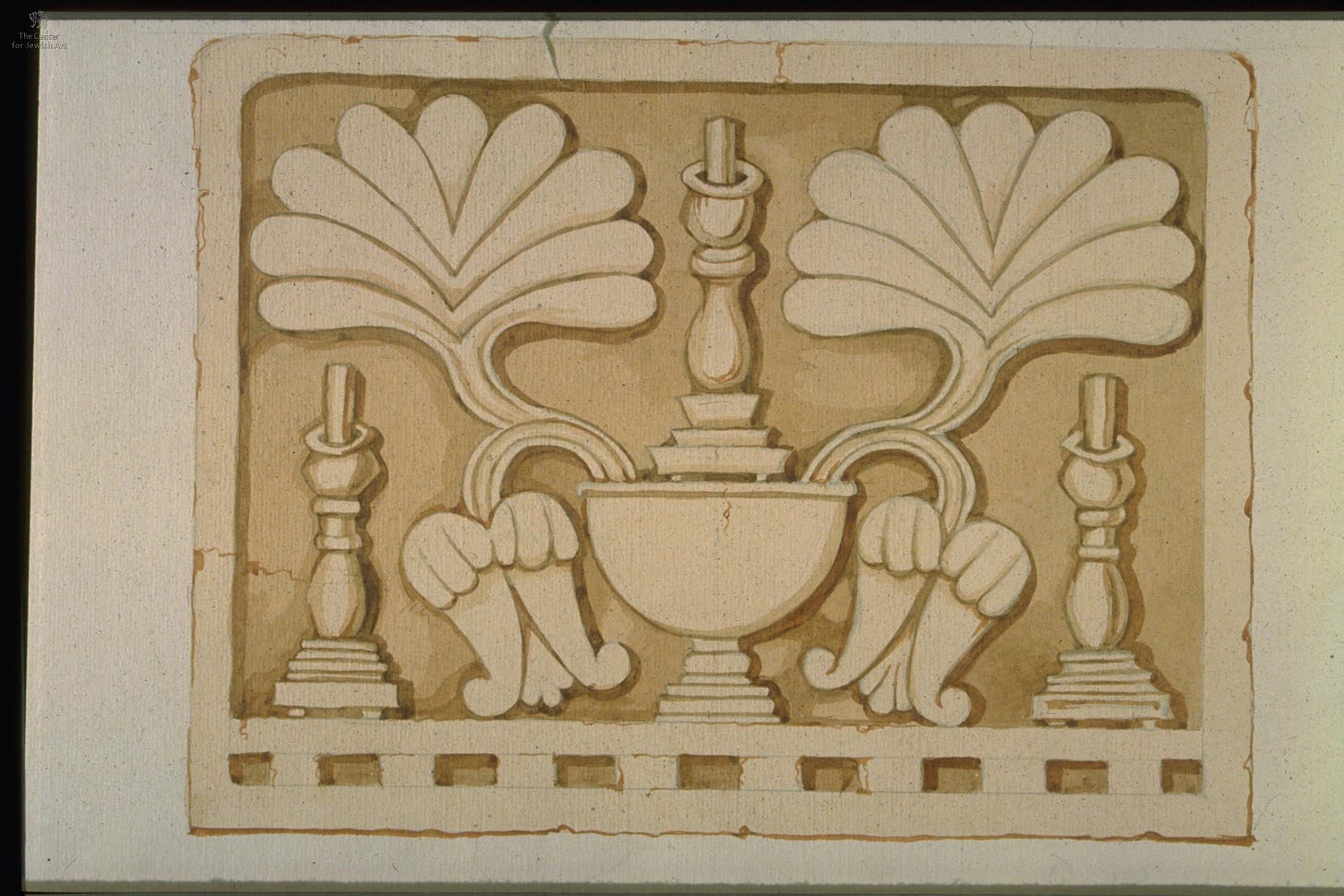










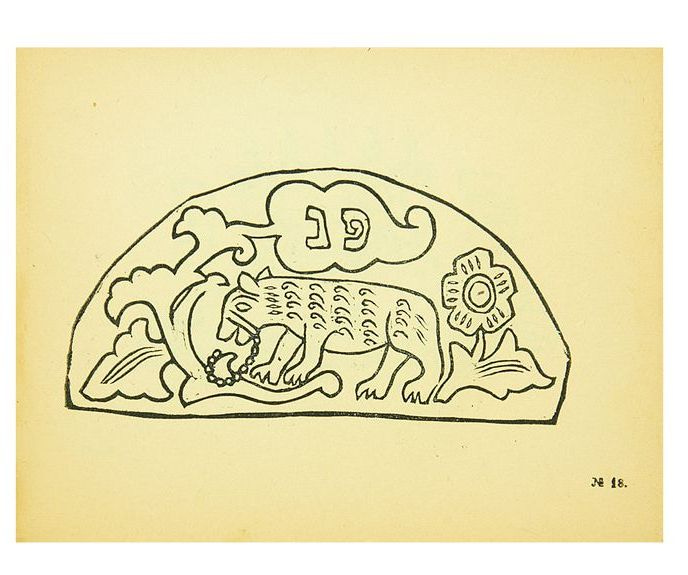









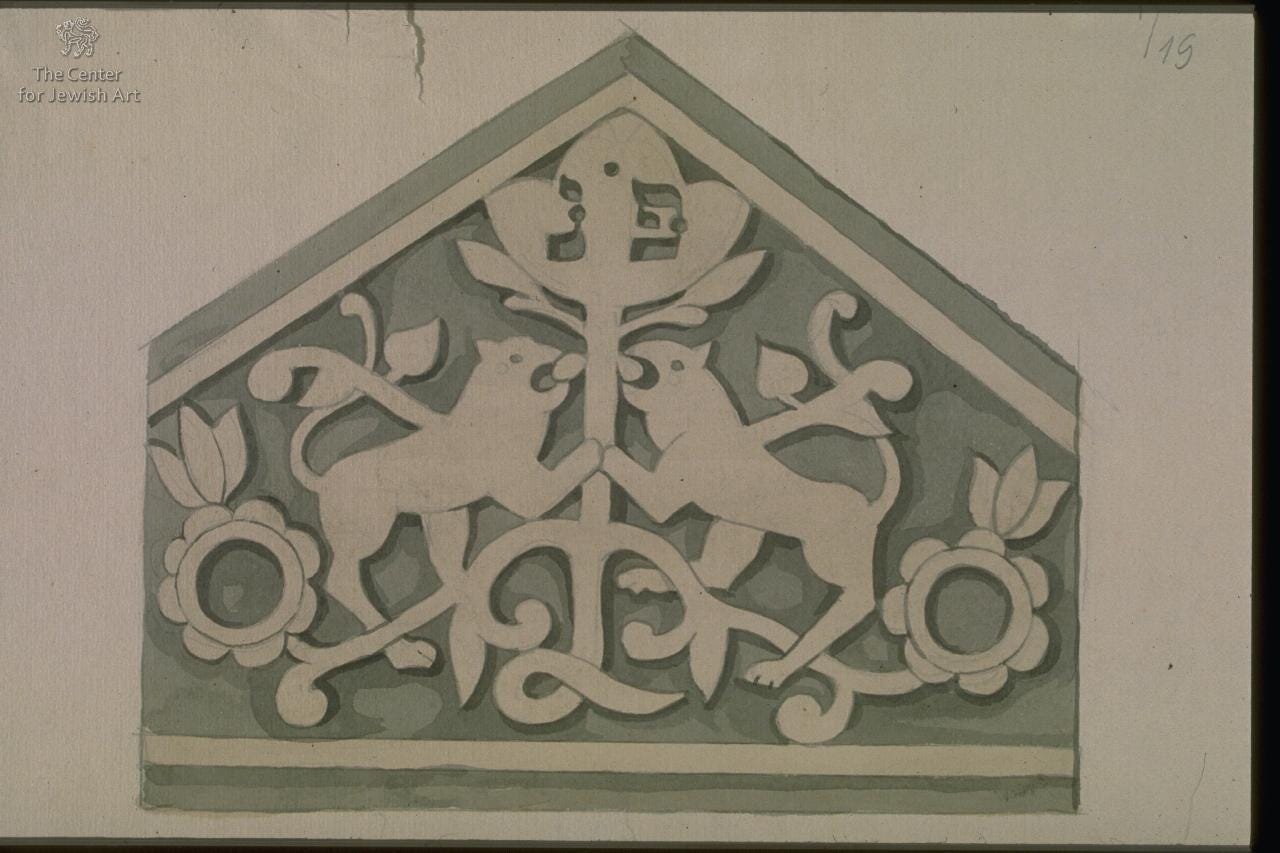



Beautiful. Have you seen Yudovin's photos of the Kalt shul in Mogilev yet?